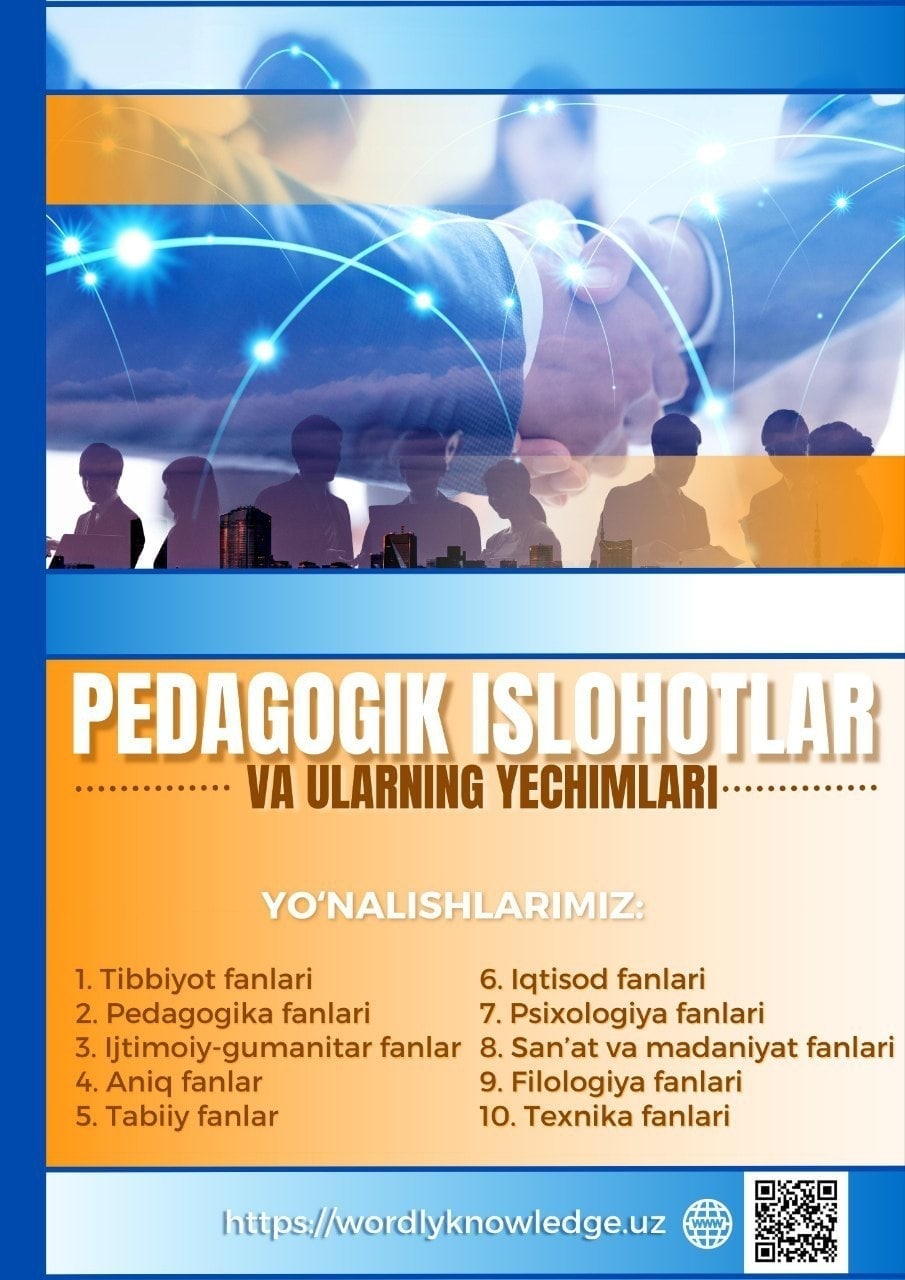INNOVATIVE AND EXTRAORDINARY WAYS OF LEARNING FOREIGN LANGUAGES IN THE FIELD OF TOURISM
Keywords:
Interactive play rolls, tourism sector the findings, skills development, industry stakeholders, evident weaknesse, multilingualism, language training programs, plays, multilingual environment, linguistic imperialism, phenomenological studies, international competitiveness.Abstract
The main purpose of this scientific research is to determine the importance of the development of the tourism sector in Uzbekistan, and to flourish its important aspects, implementing both innovative and extraordinary ways of learning foreign languages. This article is about how to use the methods of modern teaching of innovative technologies so that they become the leading aspect of learning a foreign language, and fully contribute to the formation and consolidation of the study of the material. Naturally, the question of how to organize the work on the assimilation of grammatical structures in English lessons cannot be separated from other aspects of integrated learning.
References
Jovanova-Simeva, 2015; Kostić Bobanović and Gržinić,
2011; Orel Frank, 2016; Škorić, 2018).
As a result, there are also studies in which the subjects of research were: the importance of foreign languages in tourism (Čolić and Tomić, 2013; Leslie and Russell, 2005),
Analysis of the need for knowledge of foreign languages, especially English, in tourism (Prachanant, 2012),
The need to develop language competences in a foreign language (Menike and Pathmalatha, 2015)
Attitudes of students studying to work in tourism (Sindik and Božinović, 2013),
Sports tourism (Amirovna and Rustamovna, 2014)
Sports management (Bondrea, 2012; Sunay i ve Çayci, 2008)
Today, knowledge of foreign/foreign languages is one of the important conditions in many workplaces, and when hiring in a non-native speaking area, knowledge of the official language of the country in which the employee wants to be employed is one of the important factors that the employer takes into account (Chiswick, 2008; Chiswick and Miller, 1995, 2010 Dustmann and Fabbri, 2003).

